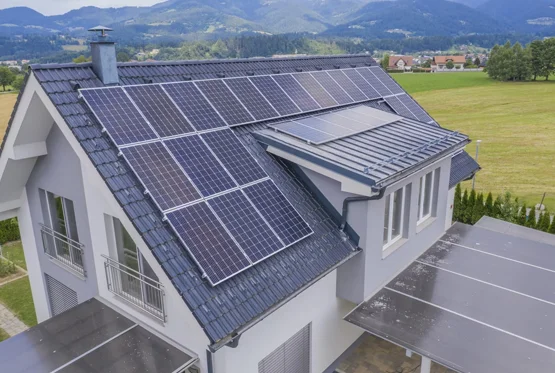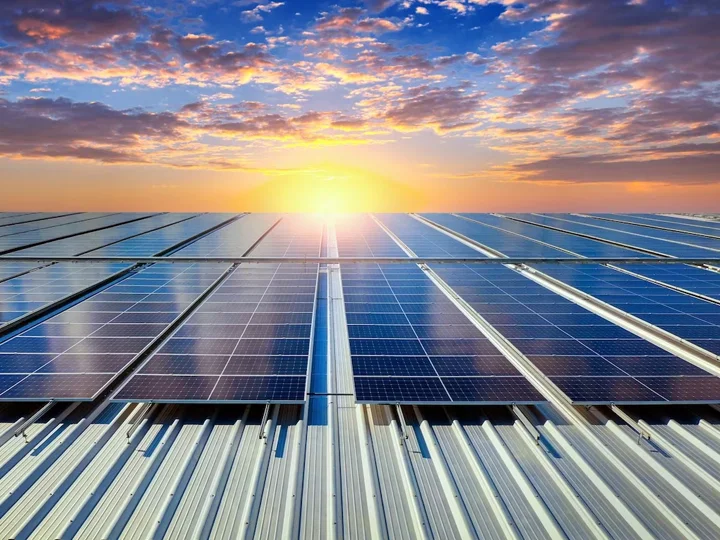Harness the Sun: A Comprehensive Guide to Photovoltaic Solar Panels
In this day and age, as the world gravitates towards sustainable energy sources, Photovoltaic Solar Panels stand at the forefront. These remarkable inventions have the power to convert sunlight into electricity. This guide will delve into the vast realm of photovoltaic solar panels, giving you all the insights you need to understand and perhaps even invest in this formidable, clean energy technology.
A Leap into the Future: The Evolution of Solar Panel Technology
Photovoltaic solar technology has been through a substantial evolution. The first solar cell was developed in 1883, but it’s in the late 20th and early 21st century that the technology truly gained momentum. With improvements in materials and efficiency, contemporary solar panels have become much more powerful and affordable.
A Glimpse of the Past
The history of photovoltaic solar panels is rich, dating back to the 19th century. Alexandre Edmond Becquerel, a French physicist, discovered the photovoltaic effect in 1839. However, it was not until 1954 that Bell Labs developed the first practical solar cell.
Towards a Brighter Tomorrow
As we move forward, the capabilities of solar panels are growing exponentially. Innovations in materials like perovskites are pushing the efficiency boundaries of solar cells, promising even more affordable and potent panels in the near future.
Benefits Galore: Why Photovoltaic Solar Panels Are a Winning Choice
A World of Applications: Implementing Photovoltaic Solar Panels
Photovoltaic solar panels have a wide array of applications, from powering homes and businesses to supplying energy for remote areas and even space missions.
Investing in the Sun: Making the Switch to Solar
Making the transition to solar energy is an empowering step. When considering photovoltaic solar panels, it’s essential to research different types, weigh the costs and benefits, and explore incentives and financing options. By embracing this radiant technology, you’re not only cutting costs but also contributing to a more sustainable and greener future.
In Summary: The Dawn of Solar Energy
Photovoltaic solar panels represent a dazzling combination of innovation and sustainability. With their ever-improving efficiency, decreasing costs, and a plethora of benefits, they are revolutionizing the way we think about energy. As we forge ahead, these remarkable panels will undoubtedly be at the vanguard of a cleaner, brighter future for our planet.

Frequently Asked Questions
Photovoltaic solar panels are primarily made up of solar cells, which are usually made of silicon. These cells are connected together and encapsulated between a glass panel and a protective backing. Metal frames are often used to secure and mount the panel. Additionally, the panel contains wiring to transport the generated electricity.
The cost of installing photovoltaic solar panels varies based on factors such as the size of the system, location, and incentives available. As of the writing of this article, the average cost in the United States ranges between $15,000 to $25,000 for a standard residential installation before tax credits and rebates.
Yes, there are various incentives and grants available worldwide to encourage the adoption of solar energy. In the United States, for example, there is a federal solar tax credit, and many states have additional incentives. It’s best to check with local authorities or renewable energy organizations for specific information regarding your area.
Photovoltaic solar panels require minimal maintenance. It’s generally recommended to keep the panels free of debris and dust, and to have them inspected for damage periodically. Depending on the climate, occasional cleaning might be necessary to remove accumulated dirt or snow.
Yes, photovoltaic solar panels can generate electricity on cloudy days, but their efficiency is reduced. The panels can still capture diffuse sunlight, though the energy production will be lower compared to clear, sunny days. It’s important to consider local weather patterns when evaluating the potential effectiveness of solar panels in a particular area.



